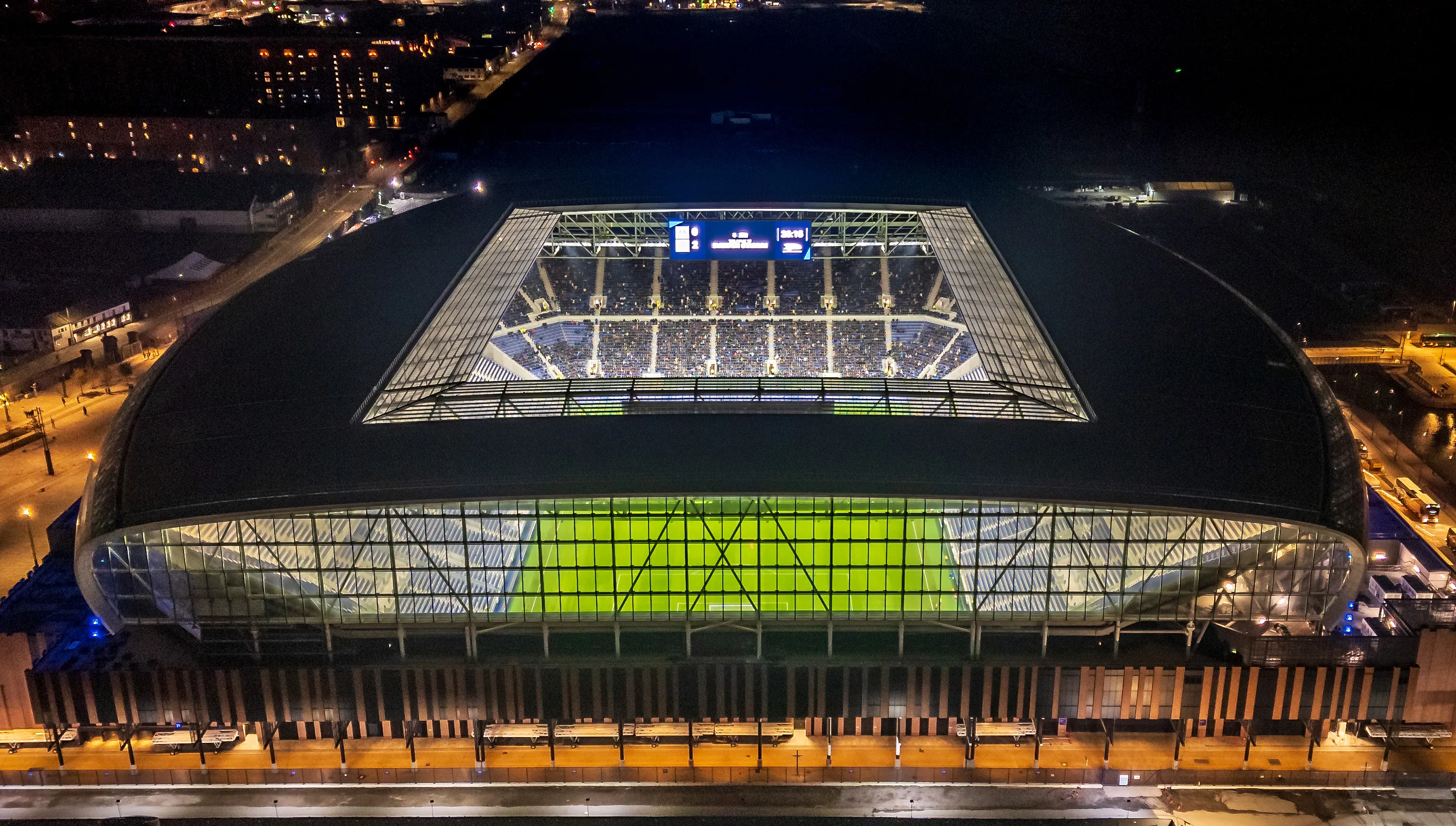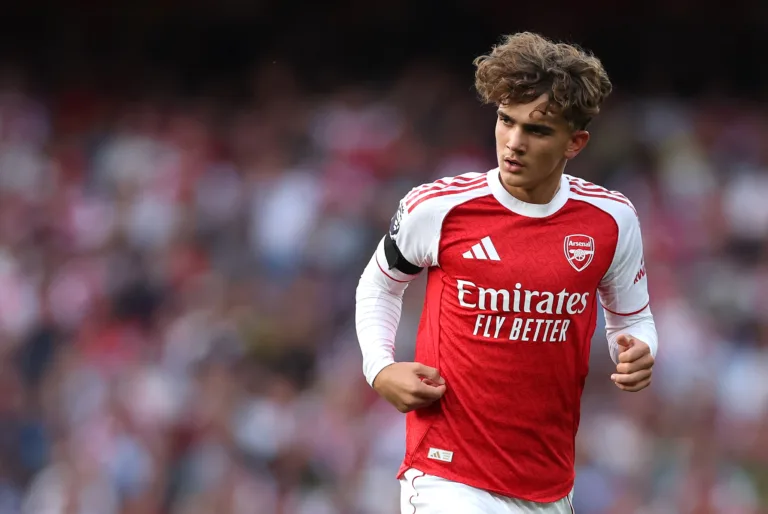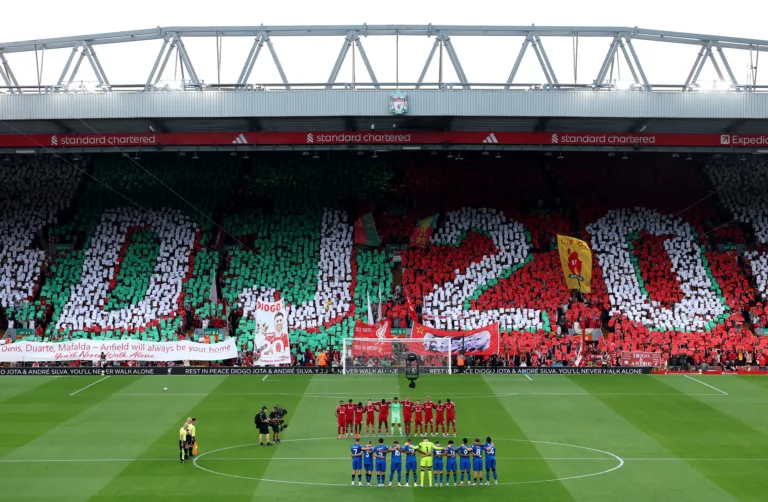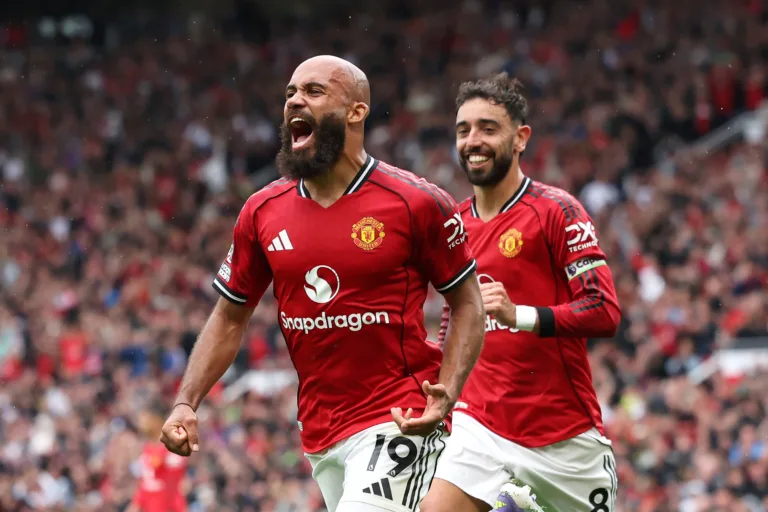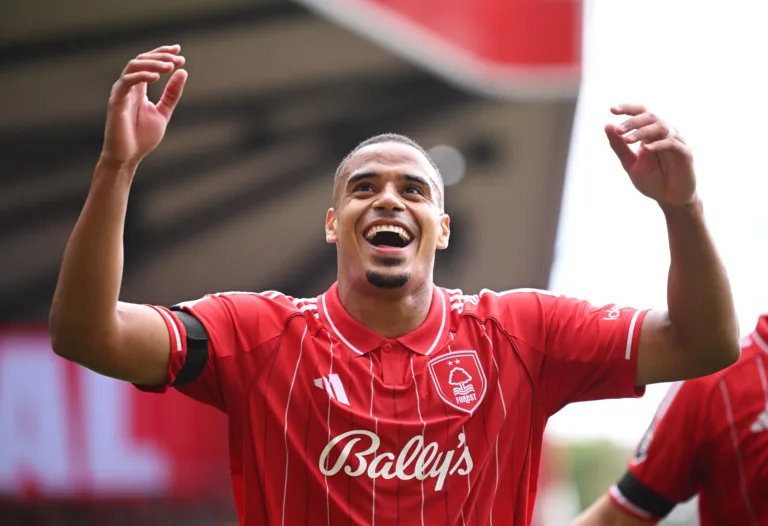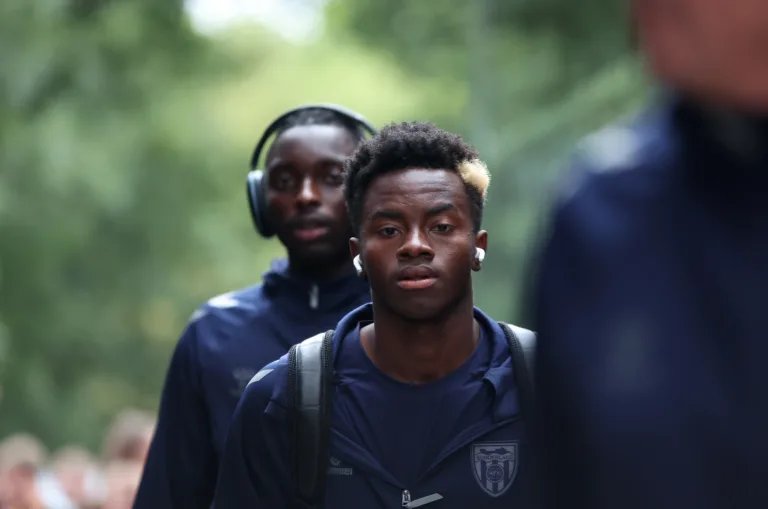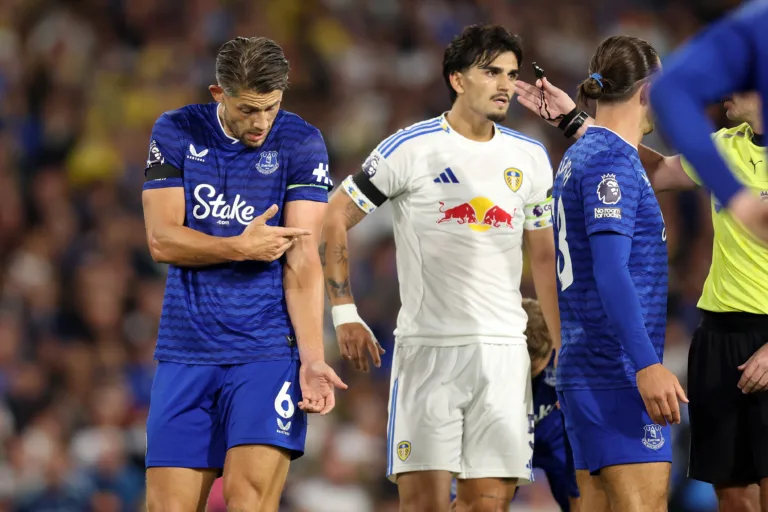Everton FC, The Long Wait Since 1995: A Legacy in Limbo
For a club steeped in tradition and once considered among England’s elite, Everton Football Club’s prolonged trophy drought since 1995 is more than a dry spell; it symbolises a crisis of identity, ambition, and modern relevance.
With one of the most passionate fanbases in world football and a proud history that includes nine league titles, five FA Cups, and a European Cup Winners’ Cup, Everton’s inability to secure silverware in the modern era is a puzzle that has frustrated generations of fans. Not one Evertonian in their 20s has seen their side win a trophy.
1995: The Last Hurrah
Everton’s last taste of silverware came on 20 May 1995 when they triumphed 1-0 over Manchester United in the FA Cup final at Wembley, thanks to a first-half goal from Paul Rideout.
Managed by Joe Royle, the team also boasted talents like Neville Southall, Dave Watson, and Duncan Ferguson. That day should have marked the beginning of a resurgence. Instead, it became a pivotal moment, signalling the start of an arduous wait.
Years of Transition and Turmoil
Post 1995, Everton entered a cycle of instability that mirrored the shifting landscape of English football. The Premier League era accelerated into a high-stakes, financially driven arms race, one where clubs needed serious investment and vision to keep pace.
Everton, often conservative in the market and slow to modernise their infrastructure, were caught in the middle ground. Managers came and went. Walter Smith, David Moyes, Roberto Martínez, Ronald Koeman, Sam Allardyce, Marco Silva, Carlo Ancelotti, and others.
Of them, Moyes was perhaps the most consistent, guiding Everton to top eight finishes and a Champions League qualification in 2005. However, despite his reputation for achieving remarkable results with minimal resources, Moyes was unable to break the trophy curse.
Missed Opportunities
There have been moments where the drought could have ended. The most glaring was the 2009 FA Cup final. Everton struck first against Chelsea through Louis Saha’s goal inside 25 seconds, the fastest in FA Cup final history. But Chelsea rallied, and Everton walked away with nothing once again.
In other domestic cup competitions, semi-final and quarter-final exits became a familiar fate. Everton reached the EFL Cup semi-finals in 2016 and again in 2021, but could not take the final step. The pattern was often repeated: a promising run undone by defensive fragility, poor game management, a lack of squad depth, or just genuinely not being good enough.
READ MORE: Ekitike vs. Isak: Who Is the Smarter Signing for Liverpool?
Ownership and Mismanagement
Off-pitch decisions have largely contributed to Everton’s stagnation. The appointment of Farhad Moshiri in 2016 promised a new era of investment. Despite pouring hundreds of millions into signings, the club lacked a coherent strategy. Big money flops like Gylfi Sigurðsson, Alex Iwobi, Jean-Philippe Gbamin, and Moise Kean defined a scattergun recruitment policy.
In contrast, clubs like Leicester City, Brighton, and even Aston Villa, traditionally not considered among the Premier League’s elite ‘Big Six,’ have leapfrogged Everton by pairing smart scouting with a clear footballing philosophy. Leicester even emerged victorious in both the Premier League and FA Cup, further exacerbating Everton’s situation.
READ MORE: This FPL Rule Change Offers A Unique GW1 Strategy, If You Like Taking Risks
Identity Crisis and Relegation Fears
The 2020s saw Everton’s identity as a top-flight stalwart further under threat. Consecutive relegation battles, chaotic managerial changes, and points deductions for financial breaches underscored a club in chaos. Supporters, long known for their loyalty and unwavering support, began protesting ownership and demanding a change in direction. Goodison Park, once a fortress, became a symbol of frustration and missed potential. The atmosphere at Goodison became very toxic.
Hope on the Horizon?
Despite the gloom, Everton is not without hope. The new ground at Bramley Moore Dock, The Hill Dickinson Stadium, is set to open in the coming weeks, which the Toffees will hope represents a bold step into the future.
Manager David Moyes, who returned to the club in January, has made a positive impact since returning following Sean Dyche’s sacking. Young talents like Jarrad Branthwaite, James Garner, and newest recruit Thierno Barry offer building blocks for the next era.
Yet, optimism is cautious. Without strategic leadership, consistent recruitment, and a clear footballing identity, Everton may remain trapped in the past, haunted by the glories of 1995 and unable to write a new chapter.
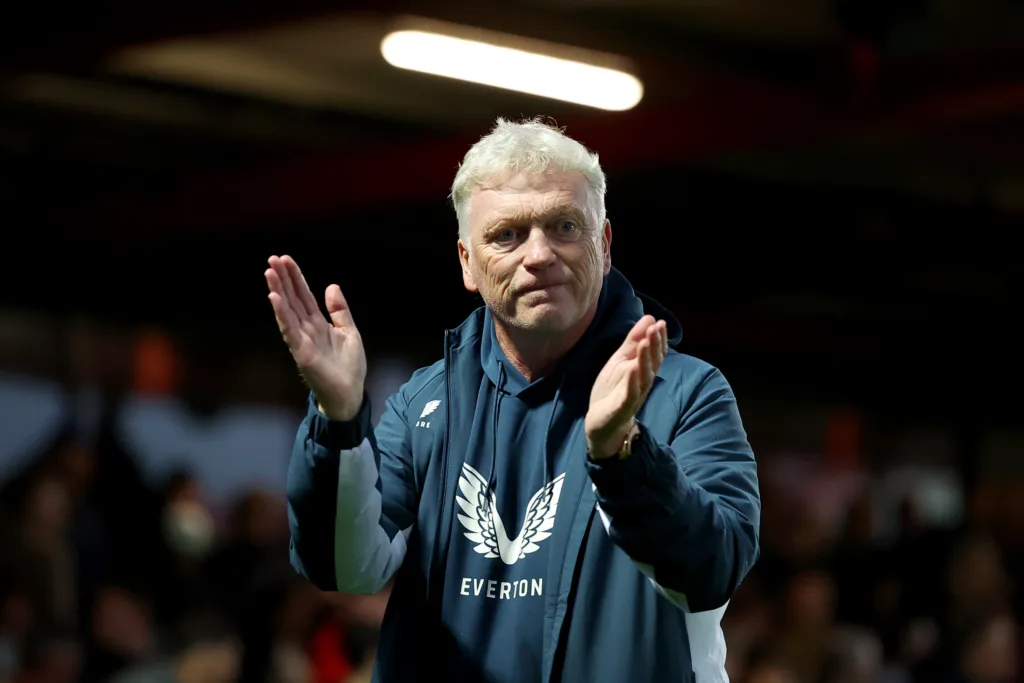
Everton’s Trophy Drought Defines Their Modern Identity
Everton’s 30 year wait for a trophy is more than just a statistic; it’s a symbol of a club struggling to find its place in modern football. Once giants of the English game, the Toffees are now at a crossroads. The challenge is not just to win a cup but to rebuild a culture where silverware isn’t a distant dream but a natural expectation.
Until then, 1995 remains a ghost, a ghost that they are reminded of all too often by their neighbors—not only in the stands, but every time they bring a trophy back to Merseyside, it’s an ever-present reminder in the minds of Evertonians who believe that their team should be more than what they’ve become.


